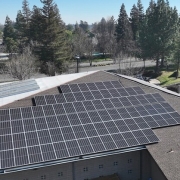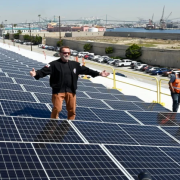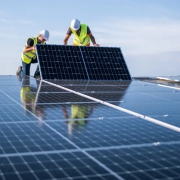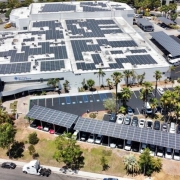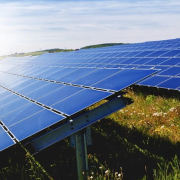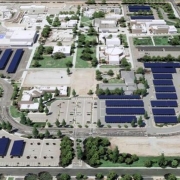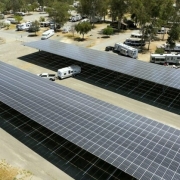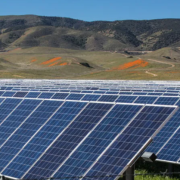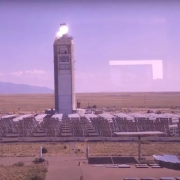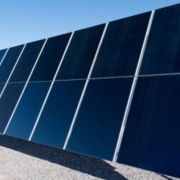It began with a bright idea.
In early 2020, members of the newly formed creation care committee at St. Anthony Parish, in Sacramento, were exploring ways to raise ecological issues within the parish. They had begun education efforts around Pope Francis’ encyclical “Laudato Si’, on Care for Our Common Home” for themselves and the rest of the parish, including through the weekly bulletin. Now they were looking for an anchor project to put Catholic teaching about the environment into action.
They decided to install solar panels on the roof of the parish’s Memorial Center, and by May 2022, the full 82-kilowatt, 181-panel system was ready to power up, producing enough energy to cover the parish’s electricity needs. But the solar project also served as a first step toward flipping the switch on a wider effort to electrify the entire Sacramento Diocese in living out the message of Laudato Si’.
Click here to read the full article
Source: EARTHBEAT
—
If you have any questions or thoughts about the topic, feel free to contact us here or leave a comment below.

